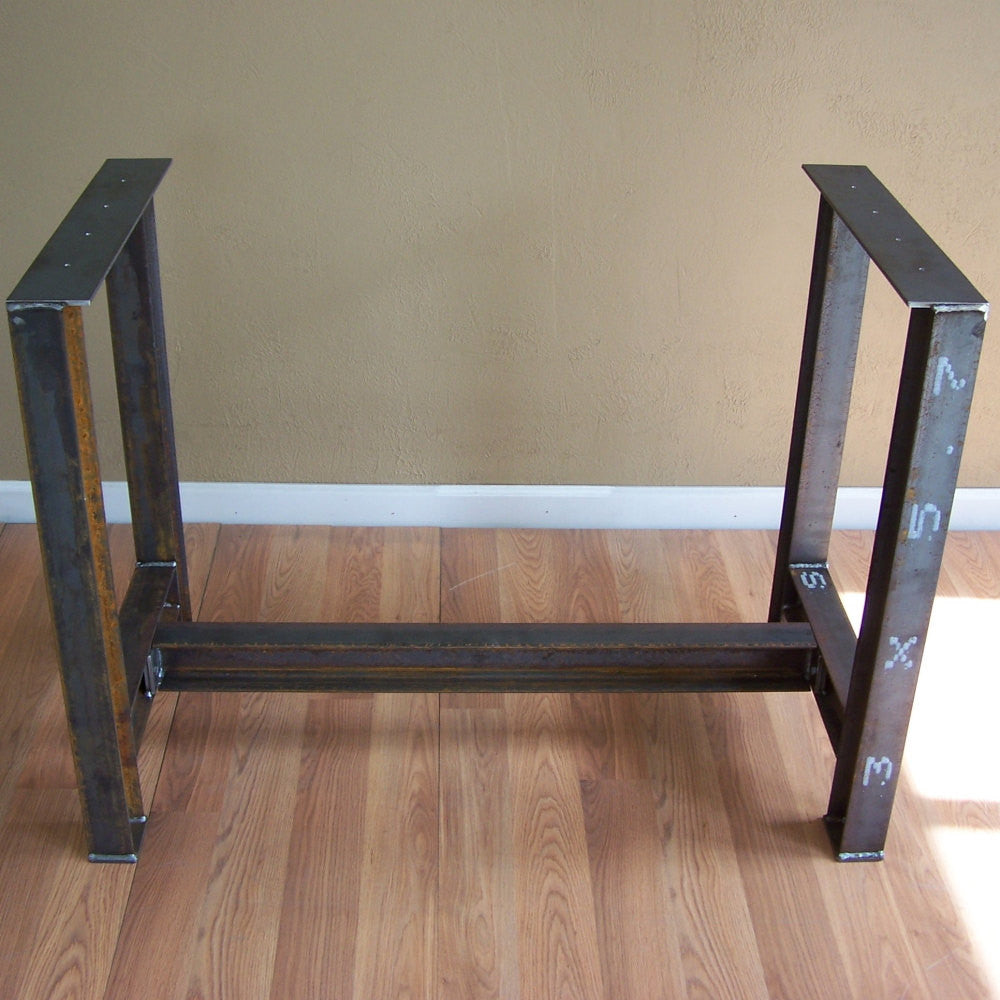Accomplish an Advanced Look Making Use Of Ornate Legs For Kitchen Island Styles
Accomplish an Advanced Look Making Use Of Ornate Legs For Kitchen Island Styles
Blog Article
A Guide to Selecting the Perfect Legs For Cooking Area Island for Your Home
Choosing the perfect legs for your kitchen area island is a nuanced decision that impacts both the capability and aesthetic charm of this central space. As you take into consideration these components, it comes to be obvious that the best legs can change not just the look of your kitchen but also its functionality for years to come.

Understanding Cooking Area Island Legs
When selecting legs for a cooking area island, it's vital to recognize their aesthetic and practical duties in the overall style. The legs offer as an important assistance system, ensuring stability and longevity for the island, which typically operates as a workspace, dining area, or collecting place. Therefore, the option of product and building strategy should be robust enough to stand up to day-to-day use and potential wear.
Along with their architectural responsibilities, legs contribute considerably to the island's visual charm. They can improve the kitchen area's design, whether through traditional, contemporary, or eclectic styles. The height and proportion of the legs are also crucial considerations; they should balance with the island's counter top height while guaranteeing comfortable seating for those using the room.
Moreover, the leg design can affect the total circulation of the kitchen area. Open, airy leg styles can create a feeling of agility, while strong, considerable legs may convey a more based and steady aesthetic - Legs For Kitchen Island. Understanding these visual and practical aspects will certainly lead house owners in making informed options that match their kitchen area's style and enhance its use
Popular Styles and Materials
The selection of legs for a kitchen island incorporates a range of popular designs and materials, each offering distinct characteristics that can boost both performance and aesthetic appeals. Among one of the most in-demand styles are modern, rustic, and traditional. Contemporary legs often include sleek, minimal designs that stress simplicity and tidy lines, making them suitable for modern cooking areas. Rustic styles, on the various other hand, embrace all-natural elements and usually showcase redeemed wood or troubled coatings, adding heat and charm to the area. Typical legs normally exhibit elaborate details and craftsmanship, boosting classic cooking area designs.

Height and Security Considerations

The legs of the cooking area island ought to give sufficient assistance, guaranteeing that the framework can withstand everyday usage without wobbling or moving. Material option plays a significant function in security; metal legs, for instance, have a tendency to offer higher toughness contrasted to wood.
Matching Your Kitchen Area Visual
Selecting the ideal legs for your cooking area island exceeds performance; it additionally plays a substantial role in the general visual of the room. When choosing legs, think about the design style of your cooking area. For a modern look, sleek metal or minimalist designs can create a clean, contemporary ambiance. On the various other hand, traditional or rustic cooking areas frequently profit from wooden legs with complex describing or a troubled coating, boosting heat and character.
Legs that enhance or contrast with your island's surface and bordering cabinets can create aesthetic consistency or striking focal points. In addition, think about the finish of the legs; matte, shiny, or distinctive finishes can dramatically affect the overall feeling of the kitchen area.
Installation and Maintenance Tips
Installing kitchen island legs calls for careful attention to detail to ensure both security and aesthetic charm. Begin by choosing an ideal place for your island, ensuring it is level and has sufficient area for activity. check this Utilize a stud finder to situate wall surface studs if you are affixing the legs to a wall surface or making use of braces for included support. Mark the placement of the legs precisely prior to boring.
When protecting the legs, use high-quality screws and, if necessary, timber adhesive for additional strength. For steel legs, ensure that you are making use of proper supports and tools to avoid damage to your floor covering. It is suggested to look for levelness after installation, making modifications as needed to avoid wobbling.
Clean the legs with an appropriate cleaner, avoiding rough materials that may scratch the surface area. By following these installation and maintenance ideas, over here you can guarantee that your kitchen island legs stay both aesthetically enticing and practical.
Final Thought
In verdict, choosing the appropriate legs for a cooking area island requires careful consideration of height, stability, and aesthetic compatibility. Inevitably, thoughtful leg selection plays an important role in raising both the practicality and style of the kitchen space.
When selecting legs for a kitchen area island, it's necessary to recognize their functional and visual duties in the overall style. Open, ventilated leg styles can develop a feeling of lightness, while strong, significant legs may communicate an check that extra grounded and steady visual. The legs of the kitchen island ought to give adequate support, making certain that the structure can withstand daily use without wobbling or moving.Installing kitchen area island legs needs mindful attention to detail to guarantee both security and visual allure.In conclusion, selecting the suitable legs for a kitchen area island requires cautious factor to consider of elevation, security, and visual compatibility.
Report this page